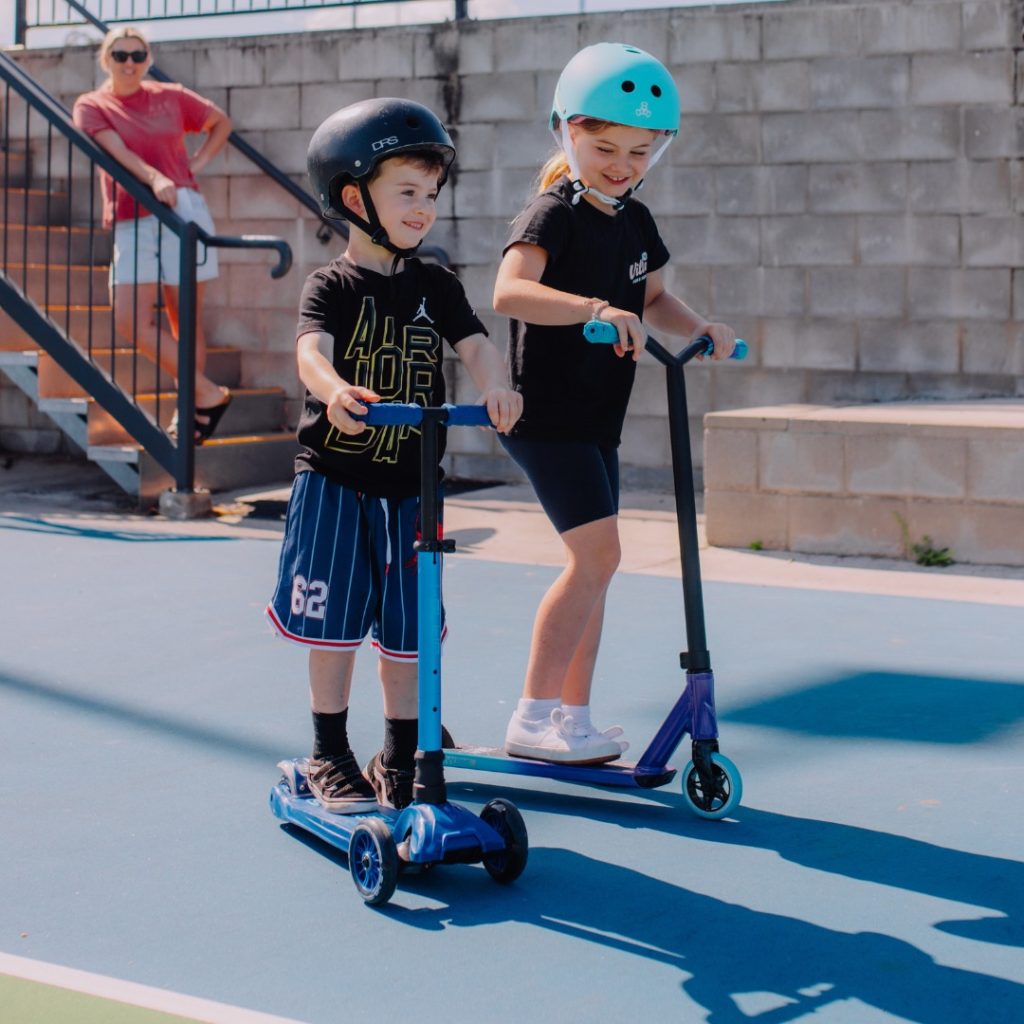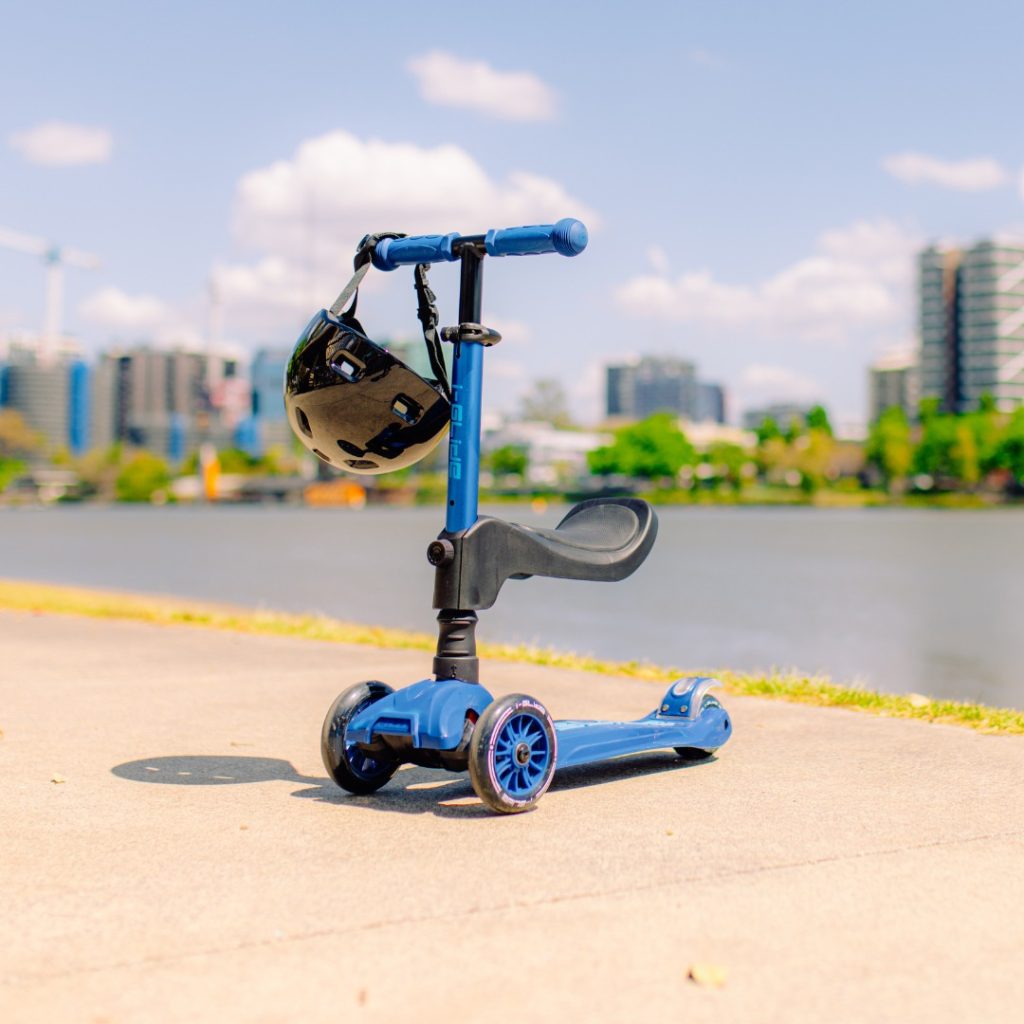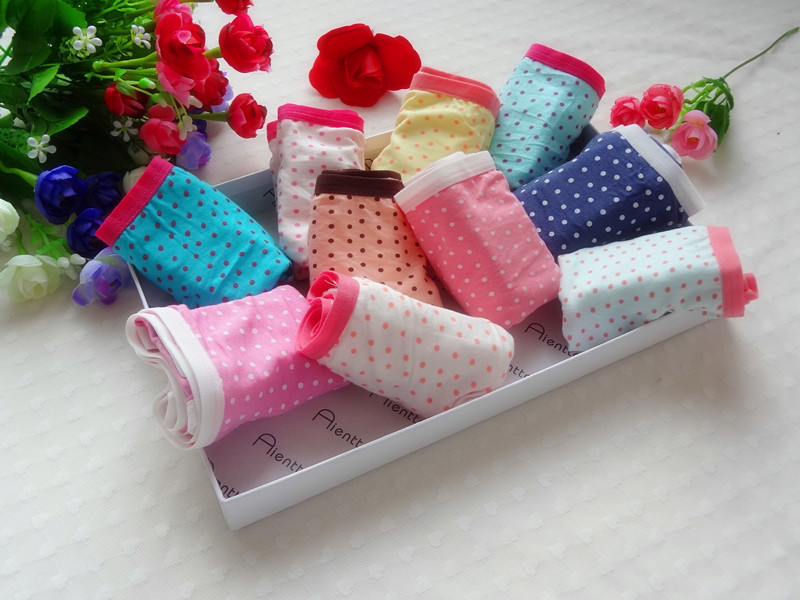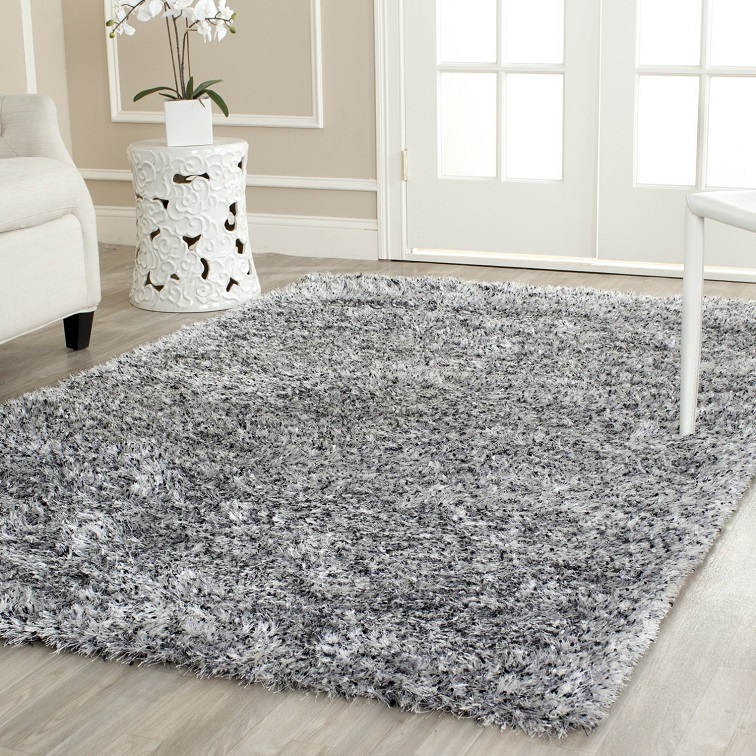Child Scooters: A Safe and Fun Mode of Transportation for Kids
Scooters have become an increasingly popular mode of transportation for children, providing a fun and active way to get around while developing balance and coordination. Whether riding in the park, on the sidewalk, or around the neighbourhood, child scooters offer an exciting alternative to bicycles and skateboards. However, choosing the right scooter requires careful consideration to ensure it is safe, age-appropriate, and durable. With a wide variety of kid scooters available, parents must weigh different factors, such as stability, comfort, and safety features, before making a purchase.
Types of Scooters

Three-Wheeled Scooters
The three-wheeled beginner-friendly child scooter is ideal for younger children who are still developing their sense of balance. These scooters provide greater stability, making them an excellent choice for toddlers and preschoolers. Many models feature a wider base and a lean-to-steer mechanism, which allows children to control turns by shifting their weight rather than using handlebars. This design encourages a natural learning process while reducing the risk of falls.
Two-Wheeled Scooters
For older children and those with more experience, two-wheeled scooters for children offer a greater sense of manoeuvrability and speed. Unlike three-wheeled models, these scooters require better balance and coordination, making them suitable for kids who have already mastered the basics. Many two-wheeled scooters include features like foot brakes, adjustable handlebars, and lightweight yet sturdy frames to enhance the riding experience.
Stunt Scooters
Stunt children’s scooters are designed for adventurous kids who want to perform tricks and jumps. These scooters are built with strong, reinforced frames, durable wheels, and specialised handlebars that allow for better control during stunts. While they are an excellent choice for skate parks and trick riding, they are not recommended for younger children or beginners due to their specialised design and advanced riding techniques.
Things to Consider
Child’s Age and Development
Choosing the right scooter depends heavily on the child’s age, height, and coordination level. Younger kids should start with three-wheeled scooters to build confidence and stability before transitioning to two-wheeled models. Adjustable handlebars can help accommodate a growing child, extending the scooter’s usability over the years.
Safety Features
Safety should always be a top priority when choosing scooters for kids. Look for models with:
- Sturdy construction to ensure long-term durability.
- Reliable braking systems, such as foot or hand brakes.
- Non-slip grips on handlebars for better control.
- Wide decks with anti-slip surfaces to prevent slips and falls.
Comfort and Ergonomics
A well-designed scooter should be comfortable for your child to ride. Ensure that the handlebar height matches the child’s standing position, preventing unnecessary strain on their arms and back. Don’t forget to consider the deck size. Wider decks provide more room for stability, especially for younger riders.
Durability and Quality
Investing in a high-quality child scooter made from durable materials ensures it will withstand daily wear and tear. Scooters with metal frames and sturdy rubber or polyurethane wheels tend to last longer and provide a smoother ride. Additionally, checking product reviews and recommendations can help determine which brands offer the best reliability.
Child’s Interests
Scooters come in various colours, themes, and designs that cater to different interests. Whether it’s a favourite colour, a character-themed design, or an LED-lit model, choosing a scooter that reflects your child’s personality can make riding even more enjoyable.
Safety Tips

Always Wear a Helmet
A properly fitted helmet is the most important safety gear for any child riding a scooter. Helmets protect against head injuries in case of falls or collisions. Look for helmets that meet safety standards and ensure they fit snugly without being too tight.
Wear Appropriate Safety Gear
In addition to a helmet, children should wear knee pads, elbow pads, and wrist guards to prevent scrapes and bruises. These protective accessories add an extra layer of safety, especially for beginners who are still learning to balance and steer.
Supervise Young Children
Younger kids should always be supervised while riding their children’s scooters. Make sure they stay in safe areas, such as sidewalks, driveways, or designated scooter parks, away from busy streets or dangerous obstacles.
Teach Basic Safety Rules
Teaching children basic scooter safety rules is essential for responsible riding. Encourage them to:
- Ride only in designated areas.
- Obey traffic signals and pedestrian crossings.
- Avoid riding too fast or attempting dangerous tricks without proper training.
- Be mindful of their surroundings and watch out for obstacles.
Scooting Towards Fun
Choosing the right scooter can provide endless fun and encourage your child to stay physically active while developing balance and coordination. With various options available, from three-wheeled beginner models to advanced stunt scooters, parents can find the perfect match based on their child’s age, skill level, and interests. Prioritising safety features, comfort, and durability ensures a smooth and enjoyable riding experience. Most importantly, fostering responsible riding habits and using proper safety gear will allow children to enjoy their scooters safely while gaining confidence and independence.






